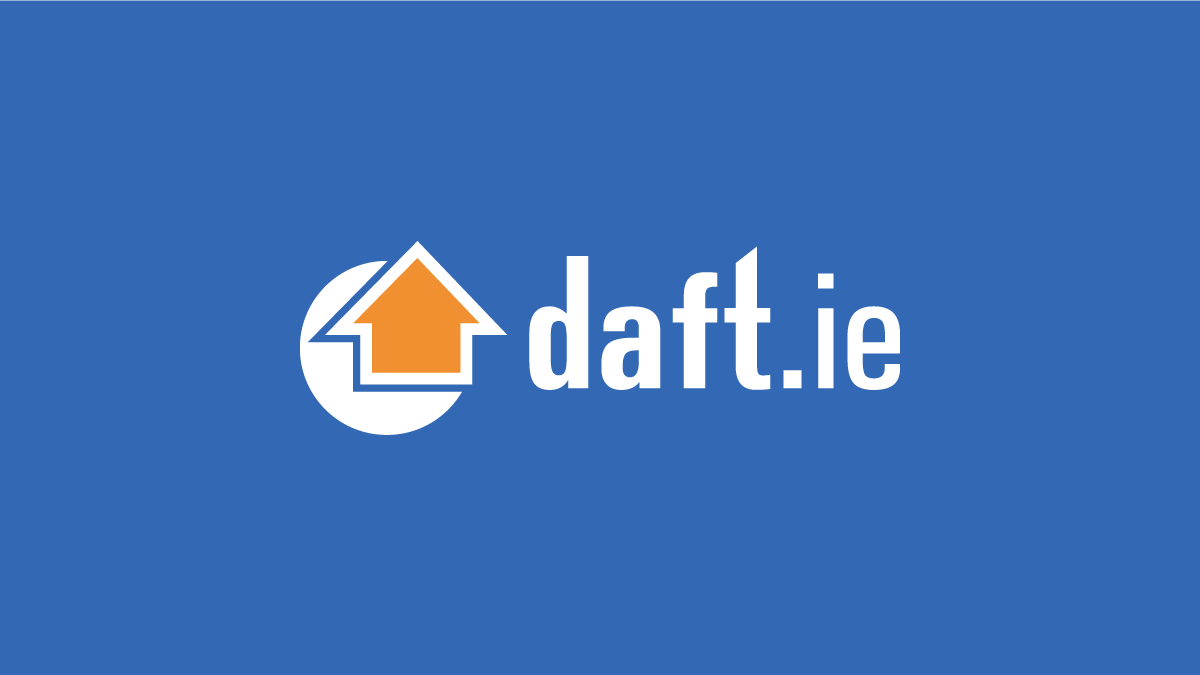Daft House Price Report NOVEMBER 2022
Daft House Price Report SEPTEMBER 2022
EXTREME SHORTAGE OF RENTAL HOMES BRINGS RECORD INCREASES IN RENTS
Our latest Daft.ie Rental Report which shows that:
- Market rents in the third quarter of 2022 were an average of 14.1% higher than the same period a year earlier. The average market rent nationwide between July and September was €1,698 per month, up 4.3% on the second quarter of the year and 120% above the low of €765 per month seen in late 2011.
- The annual inflation rate of 14.1% nationally is the highest ever recorded in the Daft.ie Report since its launch in 2006, with the quarter-on-quarter increase also a new series high.
- Nationwide, there were just 1,087 homes available to rent on November 1st, down one quarter on the same date a year ago and roughly quarter the average level of availability during 2015-2019.
Market rents in the third quarter of 2022 were an average of 14.1% higher than the same period a year earlier, as availability of rental homes remained near reached an all-time low, according to the latest Daft.ie Rental Report Q3 2022. The average market rent nationwide between July and September was €1,688 per month, up 4.3% on the second quarter of the year and 120% above the low of €765 per month seen in late 2011. The annual inflation rate of 14.1% nationally is the highest ever recorded in the Daft.ie Report since its launch in 2006, with the quarter-on-quarter increase also a new series high. The rate of inflation in Dublin was 14.3% while in Cork city, the annual change in market rents was 12.1%, in both cases higher than three months ago. The rate of inflation in the three other principal cities – Galway, Limerick and Waterford – was higher again, ranging from 16.4% in Galway to 17.4% in Waterford. Outside the cities, the average annual increase in market rents was 13.8%. Once again, the increase in market rents around the country is driven extraordinary shortages in the availability of rental accommodation. Nationwide, there were just 1,087 homes available to rent on November 1st, down one quarter on the same date a year ago and roughly quarter the average level of availability during 2015-2019. The latest report also includes an index of rents paid by sitting tenants, rather than movers, using a bespoke survey of tenants. It shows that, on average, rents paid by sitting tenants have increased by 2.5% on average over the last twelve months. Since the introduction of Rent Pressure Zones in 2016, rents of sitting tenants have increased by 17% on average, compared to an average increase in open-market rents of nearly 75% over the same period.
Commenting on the report, Ronan Lyons, Associate Professor of Economics at Trinity College Dublin and author of the Daft Report, said: “Over the past 20 years, the best predictor of future changes in rents is the number of homes available at any particular point in time. As that has collapsed over the past 18 months, it was apparent that there would be significant upward pressure on rents all across the country. This has been confirmed in these latest figures, which show record quarterly and annual increases in market rents, despite rents already being at very high levels. Government policy recognised a few years ago that supply of new rental homes was critical to addressing the shortage. However, there are signs that the government plans to scrap the build-to-rent planning classification. The BTR system had helped generate a pipeline of tens of thousands of new rental homes that are now coming on stream and represent the best hope for alleviating the chronic shortages in the rental market. If the BTR system is to go, policymakers must have a clear plan on how tens of thousands of new rental homes will be delivered this decade in all major towns and cities.”
Average rents, and year-on-year change, 2022 Q3
- Dublin: €2,258, up 14.3% year-on-year
- Cork city: €1,708, up 12.1%
- Galway city: €1,713, up 16.4%
- Limerick city: €1,604, up 17.1%
- Waterford city: €1,357, up 17.4%
- Rest of the country: €1,318, up 13.8%











